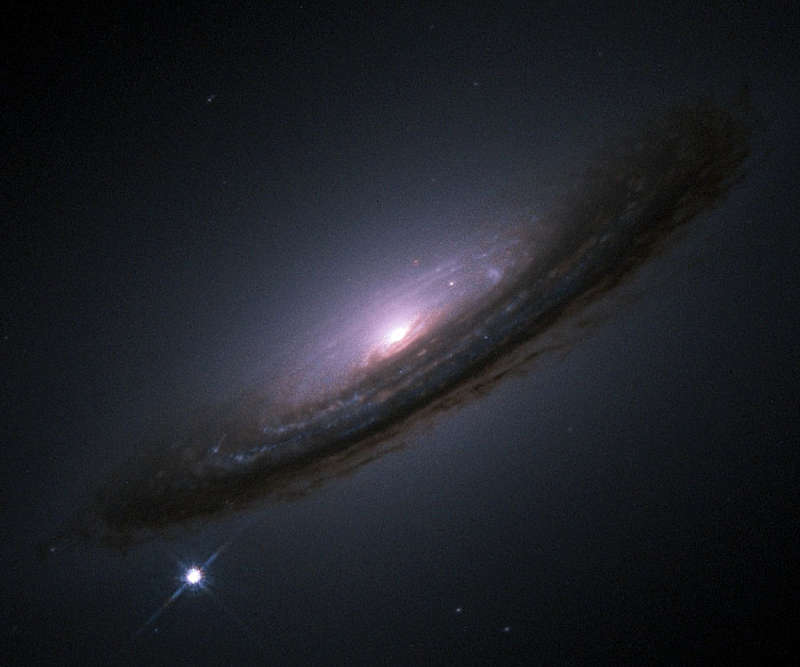Explanation: Thirteen years ago results were first presented indicating that most of the energy in our universe is not in stars or galaxies but is tied to space itself. In the language of cosmologists, a large cosmological constant is directly implied by new distant supernova observations. Suggestions of a cosmological constant (lambda) were not new -- they have existed since the advent of modern relativistic cosmology. Such claims were not usually popular with astronomers, though, because lambda is so unlike known universe components, because lambda's value appeared limited by other observations, and because less-strange cosmologies without lambda had previously done well in explaining the data. What is noteworthy here is the seemingly direct and reliable method of the observations and the good reputations of the scientists conducting the investigations. Over the past thirteen years, independent teams of astronomers have continued to accumulate data that appears to confirm the existence of dark energy and the unsettling result of a presently accelerating universe. This year, the team leaders were awarded the Nobel Prize in Physics for their work. The above picture of a supernova that occurred in 1994 on the outskirts of a spiral galaxy was taken by one of these collaborations.
1999 2000 2001 2002 2003 2004 2005 2006 2007 2008 2009 2010 2011 2012 2013 2014 2015 2016 2017 2018 2019 2020 2021 2022 2023 2024 2025 |
Yanvar' Fevral' Mart Aprel' Mai Iyun' Iyul' Avgust Sentyabr' Oktyabr' Noyabr' Dekabr' |
NASA Web Site Statements, Warnings, and Disclaimers
NASA Official: Jay Norris. Specific rights apply.
A service of: LHEA at NASA / GSFC
& Michigan Tech. U.
|
Publikacii s klyuchevymi slovami:
dark energy - supernova - temnaya energiya - Sverhnovye
Publikacii so slovami: dark energy - supernova - temnaya energiya - Sverhnovye | |
Sm. takzhe:
Vse publikacii na tu zhe temu >> | |
